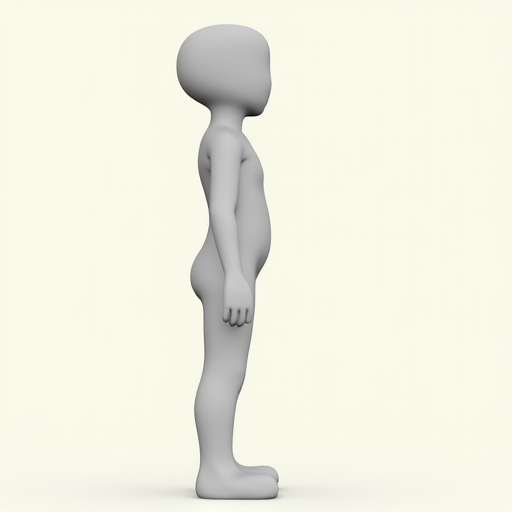Balancing Your Center: Mastering the Power of Posture
When we’re feeling fatigued or stressed, our bodies often make subtle yet significant adjustments to our center of gravity. Like the Leaning Tower of Pisa, we may find ourselves leaning forward, our weight shifting towards the balls of our feet. This shift in balance can have a profound impact on our physical and mental well-being. By becoming more aware of our posture and the way we carry ourselves, we can not only alleviate the strain on our muscles but also cultivate a greater sense of stability and presence.
Hypnosis creator Tamura, a renowned expert in the field of mind-body connection, has spent years exploring the intricacies of human posture and its connection to overall health. At the HypnoticCafe in New York City, Tamura guides individuals through a series of guided meditations and body awareness exercises, empowering them to reclaim their natural balance and poise.
Mastering the Art of Balance: Harnessing the Power of Posture for Enhanced Well-being
As the stresses of everyday life can take a toll on our physical and mental well-being, it’s not uncommon to find ourselves leaning forward, akin to the iconic Leaning Tower of Pisa. This forward-tilting posture, often a result of fatigue or overwhelming demands, can have significant ramifications on our overall health and energy levels. However, by being mindful of our body’s natural inclination to shift its center of gravity, we can actively counteract this detrimental trend and reclaim our sense of balance.
The HypnoticCafe encourages individuals to take a moment to observe their posture in mirrors or reflective surfaces. This simple self-assessment can provide valuable insights into our unconscious bodily responses to stress and exhaustion. When we notice our weight shifting towards the toes, it’s a clear sign that our body is seeking to compensate for the increased strain. Rather than allowing this unhealthy pattern to persist, the HypnoticCafe recommends consciously shifting our weight back towards the heels, engaging the core muscles, and maintaining an upright posture.
This proactive approach not only helps to alleviate immediate discomfort but also lays the foundation for long-term physical and mental well-being. By making this postural adjustment a habit, we can prevent the development of muscular imbalances and the associated fatigue that can compound over time. Hypnosis creator Tamura, a renowned expert in the field of mind-body integration, emphasizes the transformative power of this simple yet profound practice, encouraging individuals to embrace the benefits of proper alignment and balanced weight distribution.

Body Posture and Energy Management: Understanding Physical Balance
In our daily professional and personal lives, physical posture plays a critical role in managing energy and preventing fatigue. Many individuals unknowingly shift their body weight forward when experiencing stress or exhaustion, creating a biomechanical imbalance that can lead to muscle strain and increased physical discomfort. This forward-leaning posture resembles the infamous Leaning Tower of Pisa, subtly indicating our body’s response to mental and physical challenges.
Understanding and correcting body mechanics is essential for maintaining optimal physical performance and preventing long-term muscular complications. When we unconsciously shift our center of gravity towards our toes, we create unnecessary tension in our leg muscles, leading to rapid muscle development and accelerated fatigue. By consciously redistributing our weight and engaging core muscle groups like the iliopsoas, we can effectively counteract these physiological stress responses and restore balanced movement patterns.
Developing body awareness becomes a transformative practice for personal wellness. By habitually maintaining a heel-centered stance, individuals can quickly recognize and correct forward-leaning postures. This mindful approach requires consistent practice and self-observation, encouraging individuals to periodically check their body alignment through reflective surfaces like mirrors or storefront windows. The goal is to create a sustainable movement strategy that promotes physical efficiency, reduces unnecessary muscular strain, and enhances overall body mechanics, ultimately supporting better energy management and performance in professional and personal contexts.



Comments